Cell Membrane Diagram Worksheet
The Cell Membrane Diagram Worksheet is a helpful tool for biology students to understand the structure and function of the cell membrane. This worksheet provides a clear and detailed diagram of the cell membrane, allowing students to label and identify its key components. By utilizing this worksheet, students can enhance their understanding of cell biology and deepen their knowledge of the crucial role the cell membrane plays in maintaining cell integrity and regulating the passage of molecules.
Table of Images 👆
- Cell Membrane Diagram Labeled
- Cell Membrane Coloring Worksheet Answers
- Fluid Mosaic Model Cell Membrane Coloring Worksheet
- Cell Membrane Coloring Worksheet Answers
- Animal Cell Diagram Coloring Page
- Animal Cell Diagram Worksheet
- Passive Cell Transport Worksheet Answers
- Plasma Membrane Diagram Worksheet
- Cell Membrane Structure Worksheet Answers
- Plant and Animal Cell Coloring Worksheet
More Other Worksheets
Kindergarten Worksheet My RoomSpanish Verb Worksheets
Healthy Eating Plate Printable Worksheet
Cooking Vocabulary Worksheet
My Shadow Worksheet
Large Printable Blank Pyramid Worksheet
Relationship Circles Worksheet
DNA Code Worksheet
Meiosis Worksheet Answer Key
Rosa Parks Worksheet Grade 1
What is the main function of the cell membrane?
The main function of the cell membrane is to control the movement of substances in and out of the cell, allowing certain molecules to enter while blocking the entry of others. Additionally, the cell membrane helps maintain the cell's internal environment, provides structural support, and allows for cell communication with its surroundings.
What is the structure of the cell membrane?
The cell membrane is a phospholipid bilayer made up of two layers of phospholipid molecules. The hydrophilic (water-attracting) heads of the phospholipids face outward, while the hydrophobic (water-repelling) tails face inward, creating a barrier that separates the inside of the cell from the surrounding environment. Embedded within the phospholipid bilayer are proteins, carbohydrates, and cholesterol molecules that help maintain the structure and functions of the cell membrane.
What does the phospholipid bilayer consist of?
The phospholipid bilayer consists of two layers of phospholipid molecules. Each phospholipid molecule contains a hydrophilic (water-attracting) head and two hydrophobic (water-repelling) tails. The hydrophilic heads face outwards towards the watery environment, while the hydrophobic tails face inwards, forming a barrier that separates the interior of the cell from the external environment.
What are integral proteins and what is their role in the cell membrane?
Integral proteins are a type of membrane protein that are embedded within the lipid bilayer of the cell membrane. They play crucial roles in cell communication, transport of molecules across the membrane, and cell signaling. Integral proteins help stabilize the membrane structure, participate in cell adhesion, and facilitate the movement of ions and molecules in and out of the cell. Overall, integral proteins are essential for the proper functioning and integrity of the cell membrane.
What are peripheral proteins and what is their role in the cell membrane?
Peripheral proteins are proteins that are temporarily attached to the outer surface of the cell membrane or to integral proteins within the membrane. They do not penetrate the lipid bilayer but can interact with integral proteins and lipids to help with cell signaling, transport of molecules across the membrane, and maintaining the overall structure of the cell membrane. Peripheral proteins also play important roles in cell communication, cell adhesion, and serving as receptors for various molecules and signals.
What is the importance of cholesterol in the cell membrane?
Cholesterol plays a crucial role in the cell membrane by helping maintain its fluidity and stability. It regulates the membrane's rigidity, permeability, and flexibility, which are essential for various cellular functions such as cell signaling, transport, and cell-to-cell interactions. Additionally, cholesterol is also involved in the formation and organization of lipid rafts, specialized regions on the cell membrane that play a role in signal transduction and cellular recognition processes.
What are glycoproteins and what is their function in the cell membrane?
Glycoproteins are proteins that have sugar molecules attached to them. In the cell membrane, glycoproteins play essential roles in cell recognition and communication. They participate in cell signaling, cell adhesion, and immune responses. Additionally, glycoproteins can serve as receptors for hormones and other molecules, helping to regulate various cellular processes.
What is the role of transport proteins in the cell membrane?
Transport proteins in the cell membrane play a crucial role in facilitating the movement of molecules, ions, and other substances across the membrane. These proteins act as channels, carriers, or pumps that allow specific substances to pass through the membrane to maintain essential cellular functions such as nutrient uptake, waste removal, and signal transduction. They help regulate the internal environment of the cell by controlling the passage of substances in and out of the cell.
What is the significance of receptor proteins in the cell membrane?
Receptor proteins in the cell membrane play a crucial role in cell signaling and communication. They act as molecular sensors that bind to specific molecules outside the cell, such as hormones or neurotransmitters, triggering a series of biochemical responses within the cell. This allows cells to respond to changes in their environment and coordinate various physiological processes. Additionally, receptor proteins are involved in regulating cell growth, metabolism, and other key cellular functions, making them essential for overall cell function and homeostasis.
How does the cell membrane regulate the movement of molecules into and out of the cell?
The cell membrane regulates the movement of molecules into and out of the cell through a process called selective permeability. This means that the membrane allows some molecules to pass through while blocking others. Small and non-polar molecules can pass through the lipid bilayer of the membrane easily, while larger or polar molecules require specific transport proteins or channels to facilitate their movement across the membrane. This selective permeability helps maintain the internal environment of the cell and allows for the regulation of nutrient intake, waste removal, and cellular communication.
Have something to share?
Who is Worksheeto?
At Worksheeto, we are committed to delivering an extensive and varied portfolio of superior quality worksheets, designed to address the educational demands of students, educators, and parents.

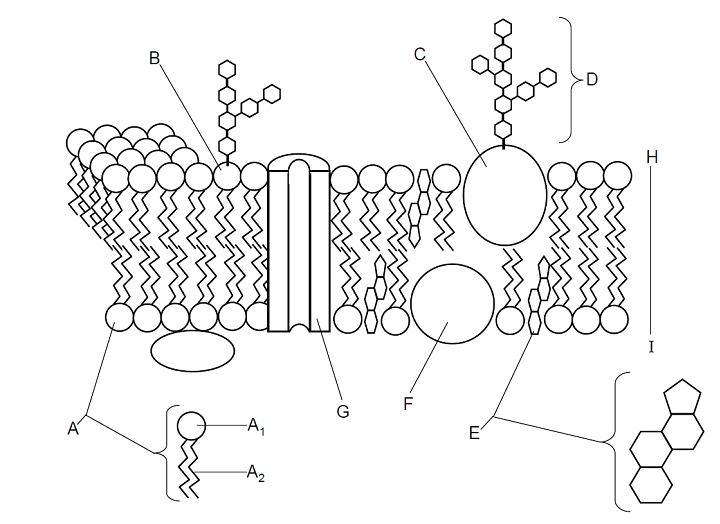



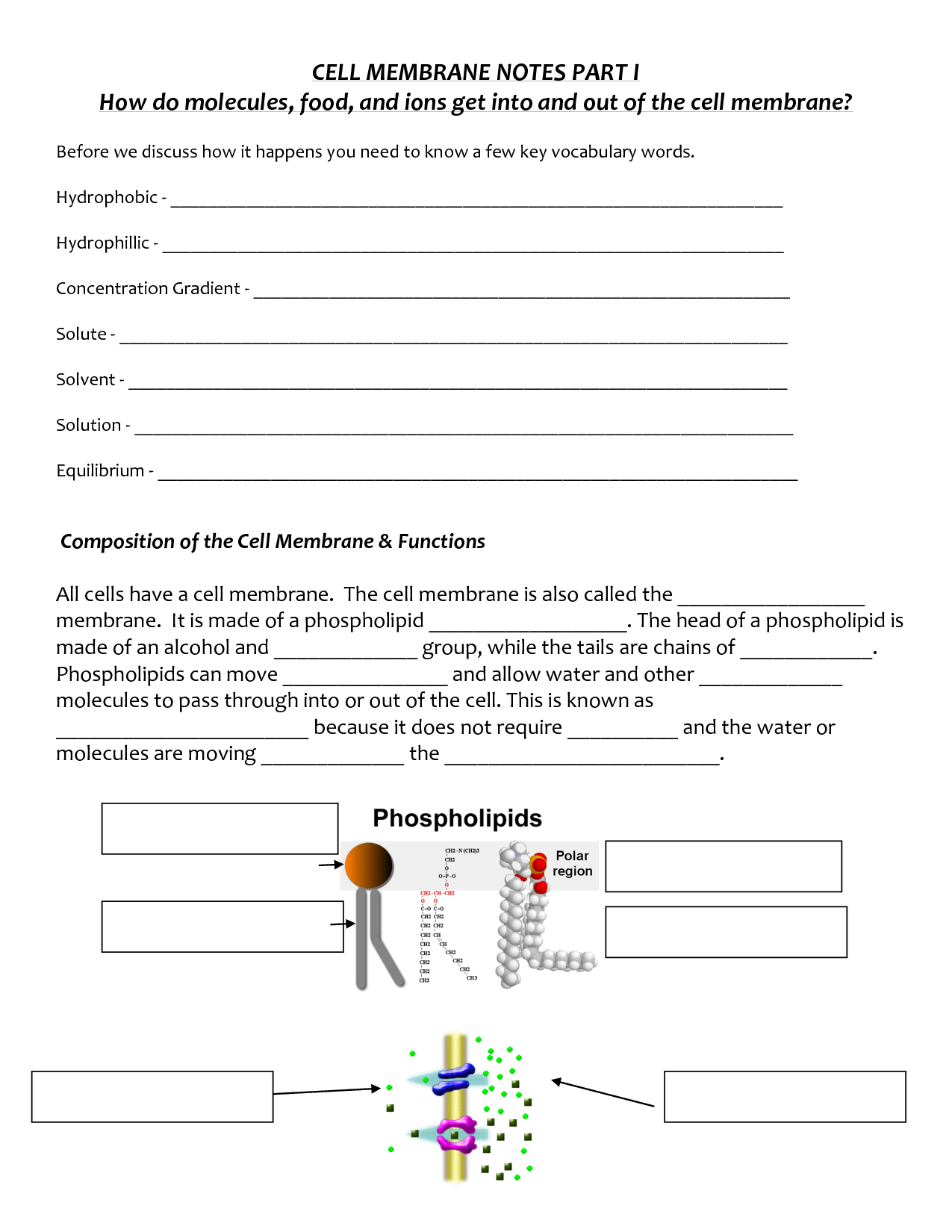
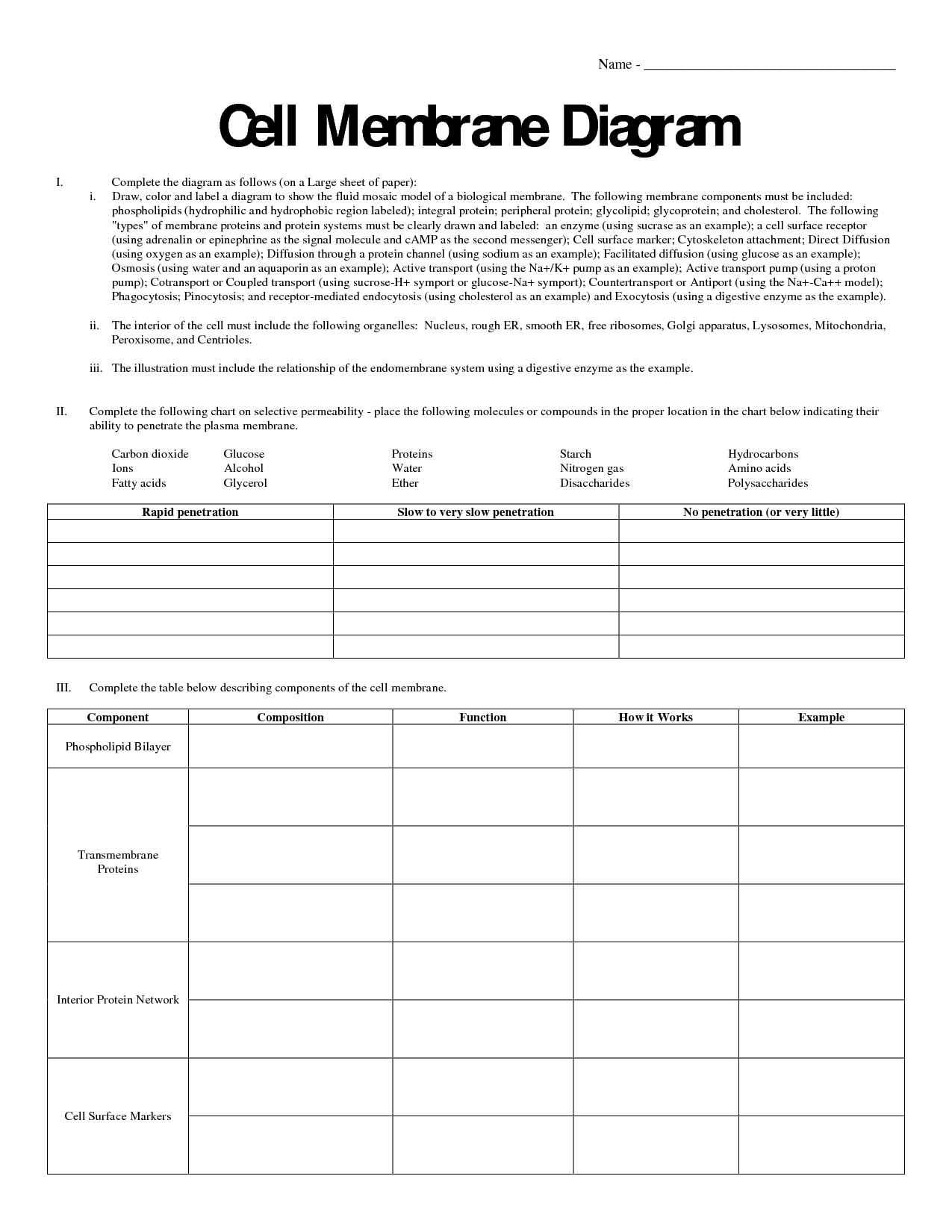
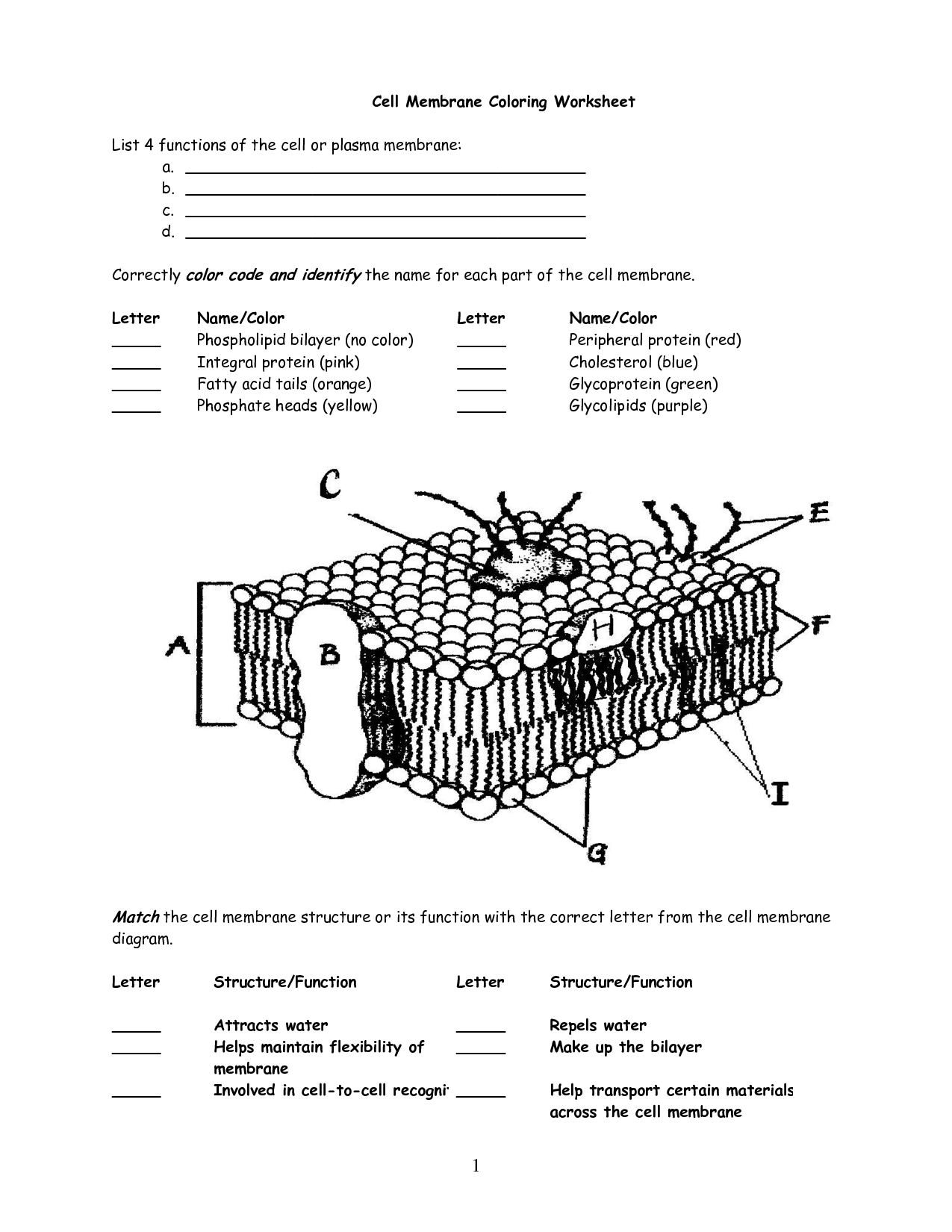
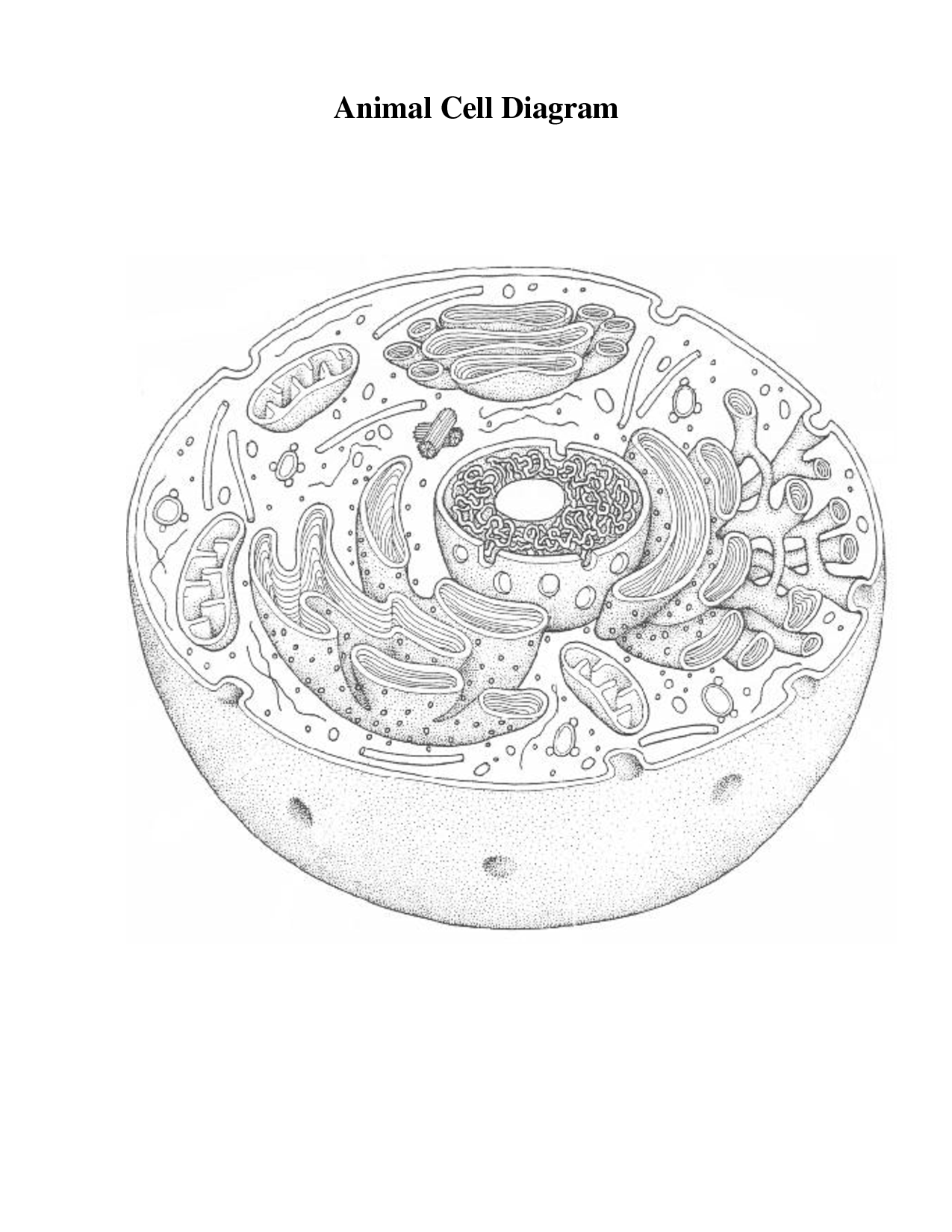
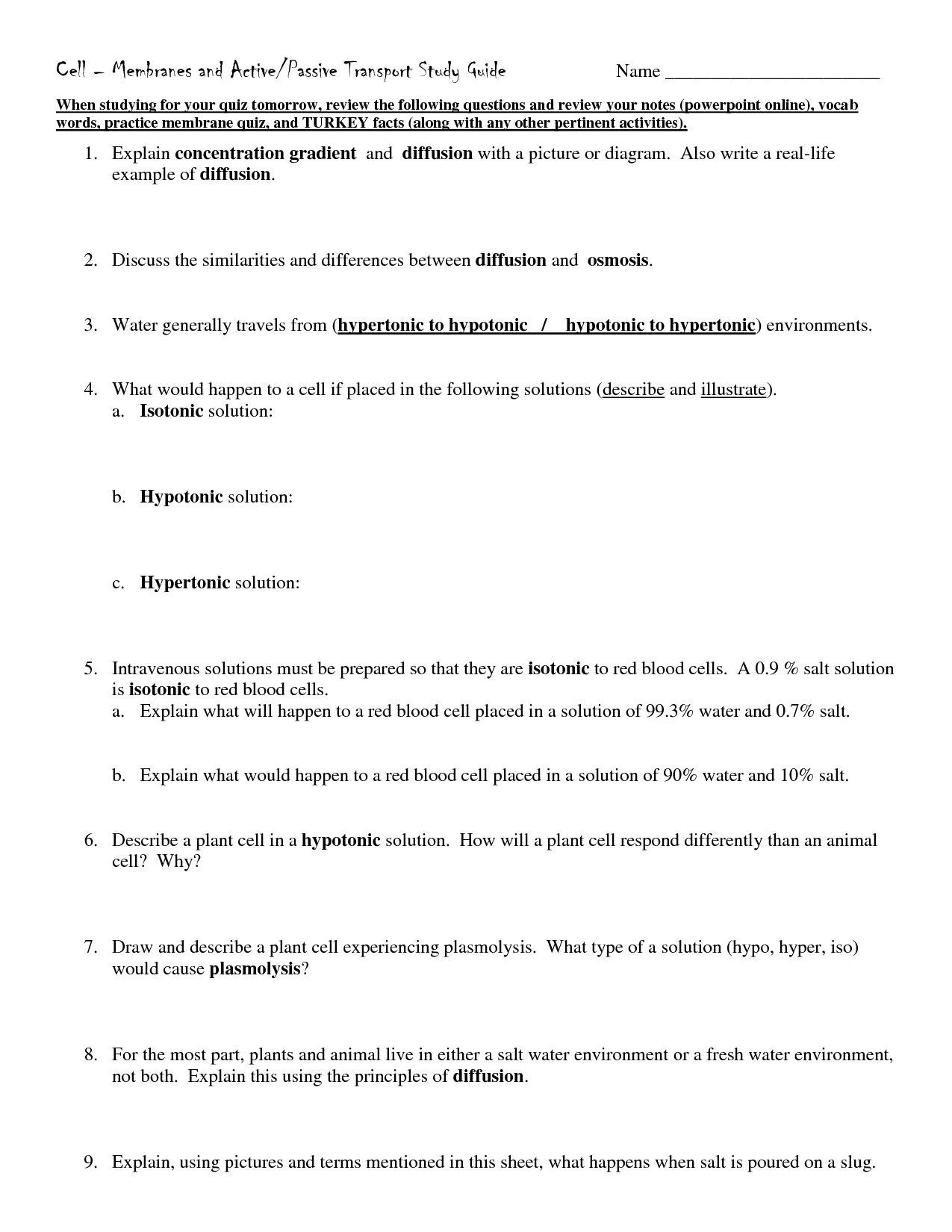
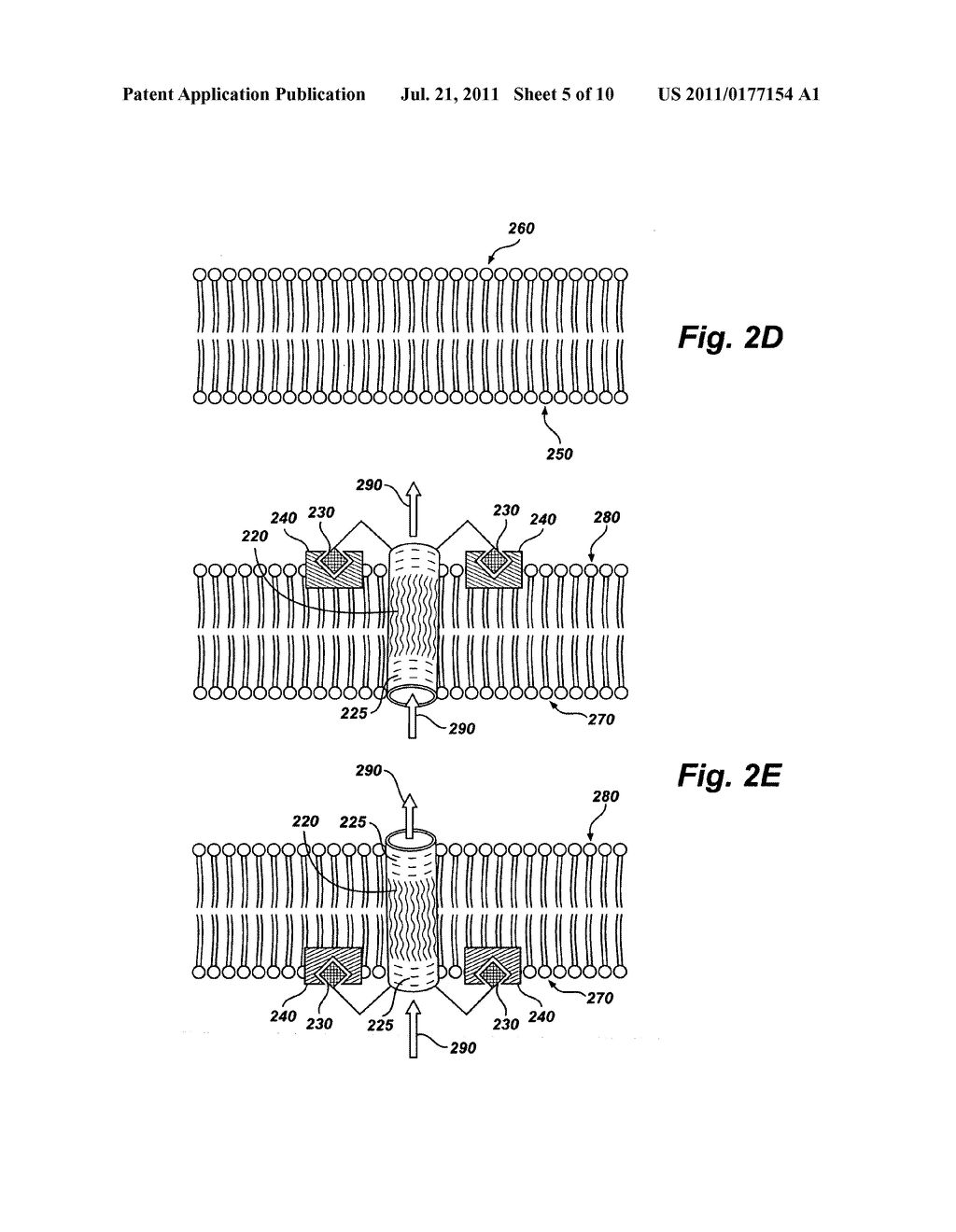

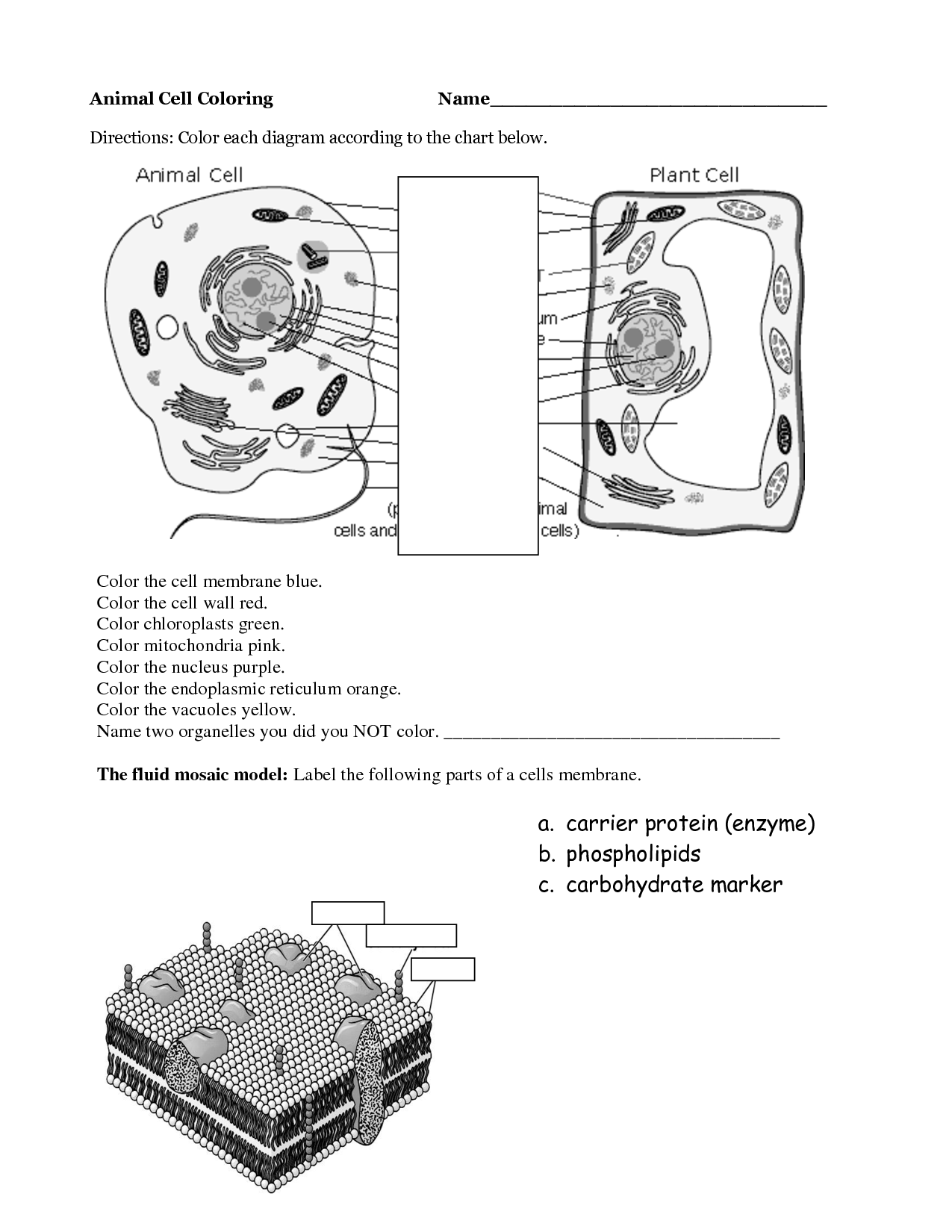














Comments